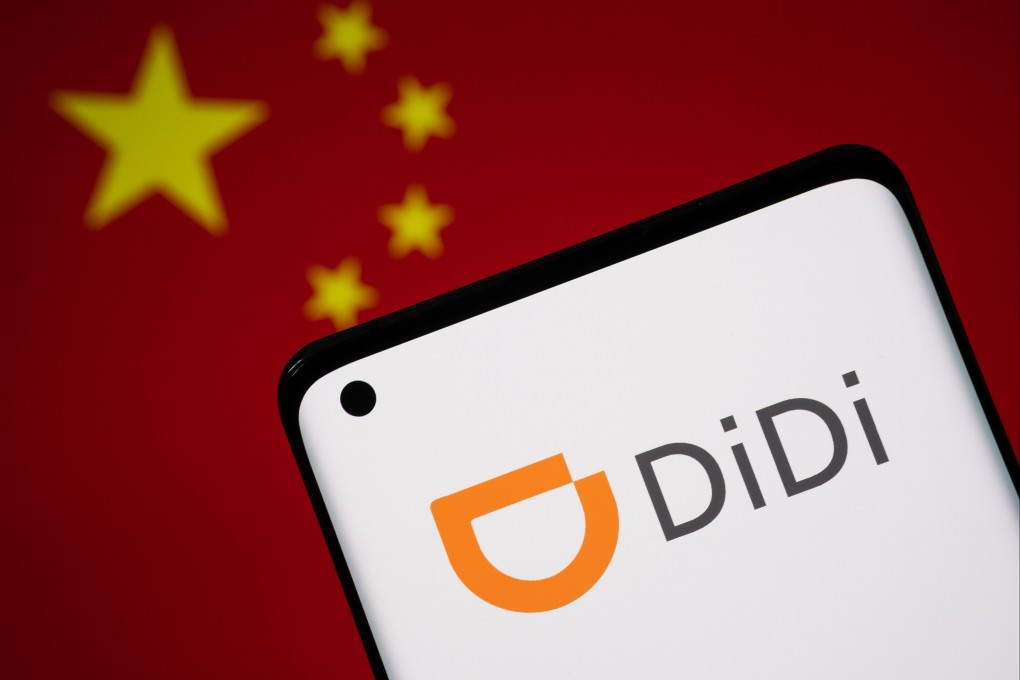Timeline: how Didi forced its way from Beijing to New York - and ended up in Hong Kong
- In July, China’s internet regulator banned Didi’s app from the country’s app stores indefinitely, saying it ‘seriously violated the country’s laws and regulations’
- In September, Didi president Jean Liu told close associates that she expected the government to take control and appoint new management, according to Reuters

Chinese ride-hailing giant Didi Chuxing said on Friday that it will start the process of delisting from the New York Stock Exchange and move forward with plans for a Hong Kong initial public offering (IPO).
Beijing-based Didi was founded in 2012 by Alibaba alumnus Cheng Wei, who owned 7 per cent of the shares and controlled 16.2 per cent of its voting power ahead of the New York listing.
In recent years, the company has emerged as a tech giant that dominates China’s ride-hailing market, receiving a market share boost after it took over Uber’s China operations in 2016.
Following is a timeline of Didi’s troubles since listing just over five months ago.
June 30, 2021: Didi launches New York listing
On the eve of the 100th anniversary of the Chinese Communist Party, Didi raised US$4.4 billion from its New York IPO, valuing the company at about US$70 billion.
